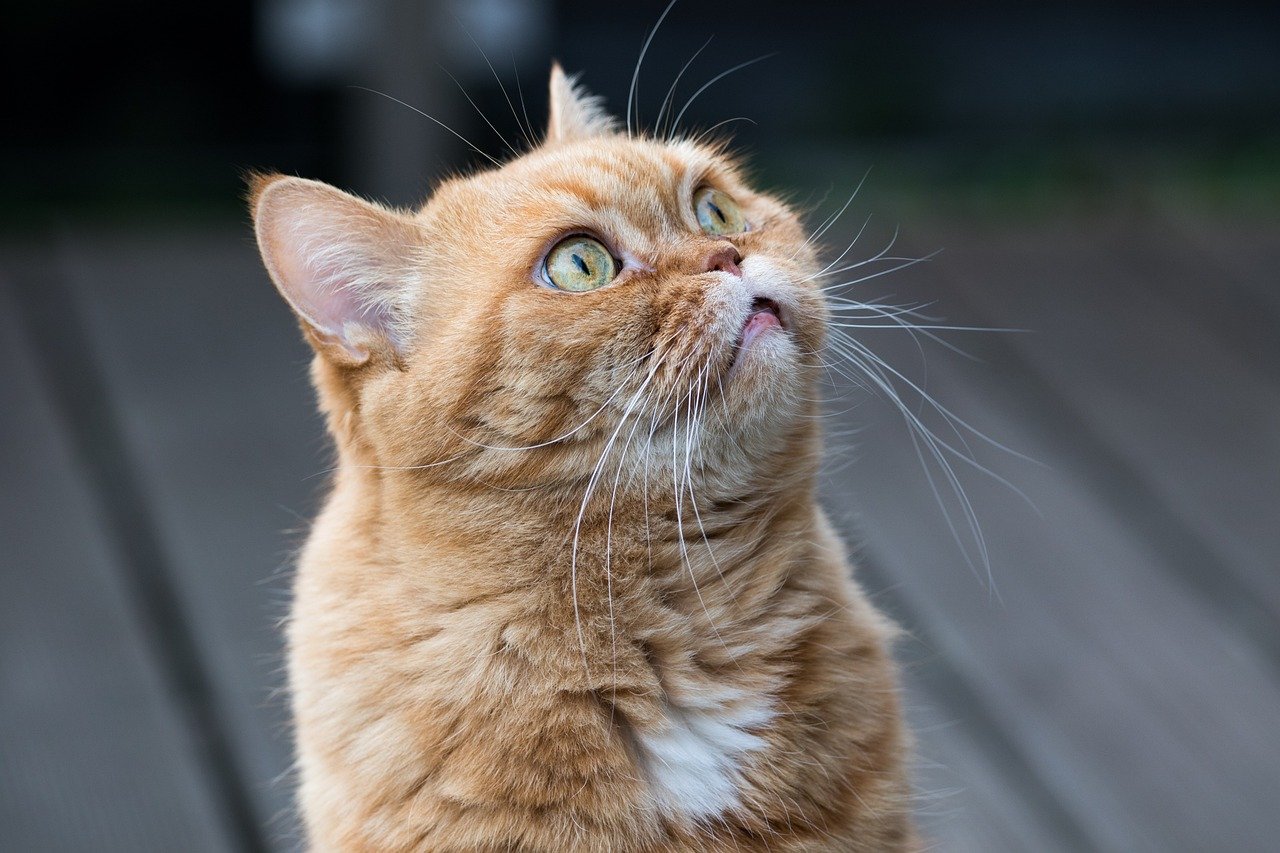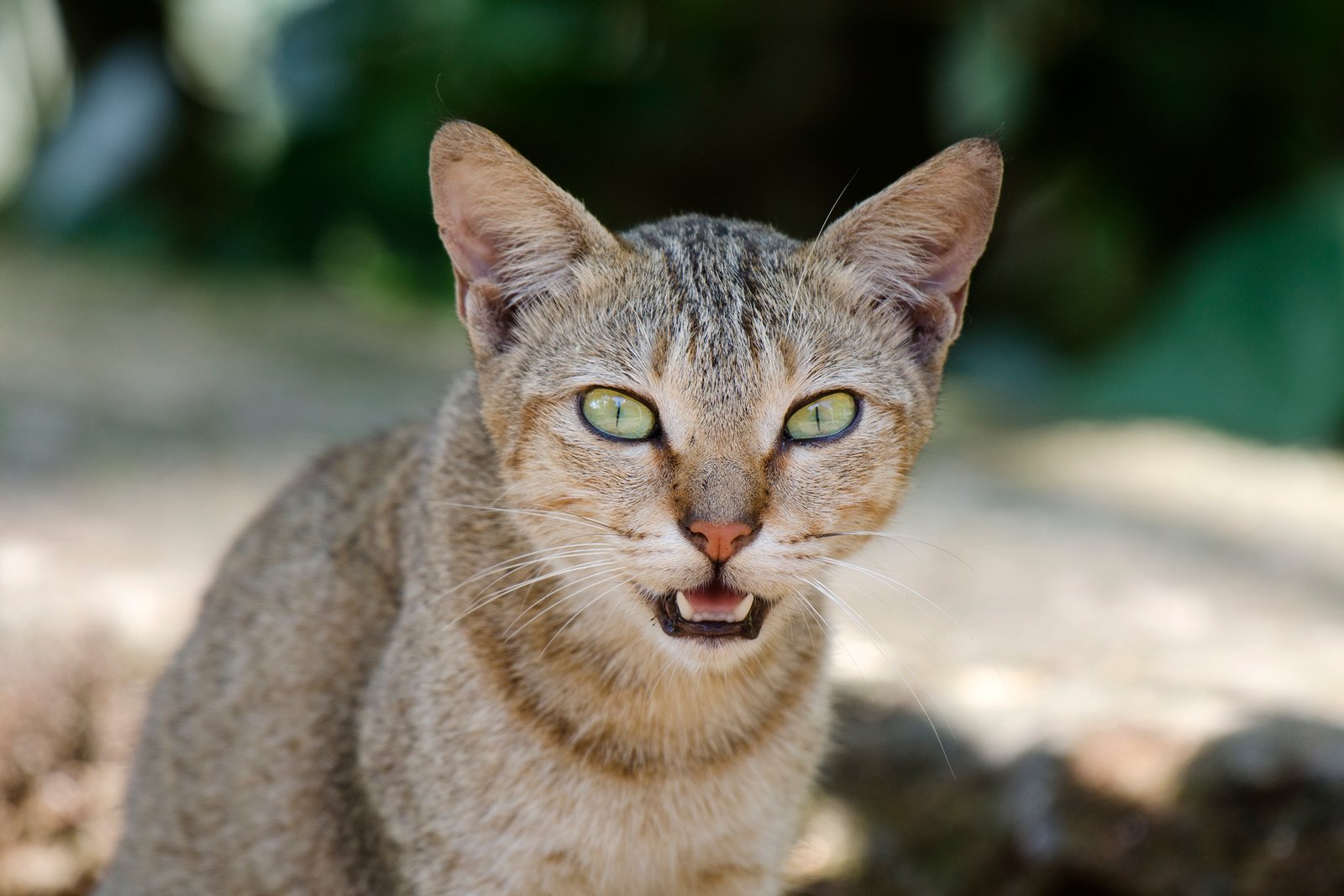Have you ever noticed your cat acting a little off, but shrugged it off as just another quirky feline moment? What if those small changes were actually early warning signs of something serious? The truth is, our beloved cats are masters at hiding illness, and sometimes the difference between a mild problem and a life-threatening emergency is simply how quickly we spot the clues. For every cat lover, knowing the most common illnesses—and how to catch them before they spiral out of control—could be the key to a longer, happier life for your furry friend. Let’s explore the hidden world of feline health together and unlock the secrets that could save your cat’s life.
Feline Lower Urinary Tract Disease (FLUTD): The Silent Struggle
Cats are masters at hiding discomfort, often showing no signs of illness until a condition has progressed. That’s why understanding the most common feline health issues—and spotting them early—is essential for every cat parent. From subtle changes in behavior to slight shifts in appetite or grooming, your cat may be giving you clues long before you realize something’s wrong.
Feline Lower Urinary Tract Disease, or FLUTD, is one of the most common and frustrating health issues in cats. It’s a catch-all term for problems affecting the bladder and urethra, and it can make even the happiest cat suddenly miserable. Some cats show pain when urinating, visit the litter box often with little success, or even start urinating outside the box. FLUTD can be caused by bladder stones, infections, or even stress. What makes it so dangerous is how quickly it can become an emergency, especially in male cats, where blockages can turn deadly within hours. Many owners miss the signs, thinking their cat is just being fussy or misbehaving, but in reality, the cat may be crying out for help. If your cat ever strains to pee or seems distressed in the litter box, don’t wait—get help immediately. This illness is a true reminder that with cats, subtle changes can mean serious trouble.
Chronic Kidney Disease: The Slow Thief of Vitality
Chronic kidney disease (CKD) sneaks up on cats, especially those in their golden years. The kidneys are like tiny filters, working day and night to keep the blood clean and balanced. Over time, these filters can start to fail, and the signs—like drinking more water, peeing more, losing weight, or having bad breath—are easy to miss at first. Owners might notice their cat seems a bit thinner or sleeps a little more, chalking it up to age. But CKD is relentless, quietly stealing your cat’s strength if left unchecked. Early detection is crucial because, while it can’t be cured, it can be managed with diet, medication, and lots of love. Paying attention to your cat’s habits, especially as they age, can make all the difference, turning a silent decline into years of extra memories.
Upper Respiratory Infections: The Common Cold That Lingers
Just like people, cats can catch colds—only their “colds,” or upper respiratory infections (URIs), can become far more serious if ignored. These infections, often caused by viruses like feline herpesvirus or calicivirus, spread quickly, especially in multi-cat homes or shelters. Symptoms may start with sneezing, watery eyes, or a runny nose, but can progress to fever, loss of appetite, and even difficulty breathing. Some cats hide when they feel sick, making it easy for owners to miss the early signs. What seems like a harmless sniffle can escalate into pneumonia or eye ulcers if left untreated. Spotting URIs early and getting your cat to the vet can prevent complications and help them recover faster. Remember, in cats, even a mild cold deserves attention.
Watch for Changes in Eating or Drinking Habits
Cats are creatures of habit, and they often eat and drink the same way every day. A sudden change—whether your cat is eating less, drinking more, or skipping meals—can be the first red flag that something is wrong. Loss of appetite can signal kidney disease, dental problems, or infections, while increased thirst might point to diabetes or kidney trouble. Some cats may start raiding the trash or begging for food if they’re not feeling well. It’s easy to overlook these shifts, especially if you have a busy home or multiple pets. Paying close attention to how much your cat eats and drinks, and keeping track of any changes, can help you catch illnesses before they become serious.
Notice Unusual Litter Box Behavior

A cat’s relationship with the litter box can tell you a lot about their health. Startling as it sounds, inappropriate urination is often a cry for help, not bad behavior. Straining, frequent trips to the box, blood in the urine, or accidents around the house are all signs that something could be wrong—think FLUTD, diabetes, or kidney disease. Some cats may avoid the box because urinating hurts, associating the box with pain. If you notice your cat lingering in the litter box, vocalizing, or leaving wet spots outside the box, don’t ignore it. These are urgent clues that your furry companion needs a check-up—sometimes, even a quick trip to the vet can prevent a disaster.
Keep an Eye on Weight Changes
Cats rarely lose or gain weight for no reason. Sudden weight loss can be a sign of chronic kidney disease, hyperthyroidism, or cancer, while rapid weight gain might signal heart disease or be a side effect of medication. Many owners only notice changes when they become dramatic, but even a small shift can mean a lot. Gently feeling your cat’s ribs and spine regularly, or weighing them every month, can help you spot changes early. If you’re unsure, take photos of your cat every few weeks—sometimes, pictures reveal what daily life hides. Don’t wait for the problem to become obvious; catching weight changes early gives your cat a better shot at recovery.
Monitor Their Energy and Playfulness

A playful cat is a healthy cat, but even the laziest feline has their favorite games. If your cat becomes suddenly lethargic, hides more, or loses interest in toys, it could be a sign of illness. Chronic kidney disease, infections, or pain from arthritis can all sap a cat’s energy. While it’s true that older cats slow down, a sudden or severe drop in activity is always suspicious. Owners often dismiss changes in playfulness as aging, but it’s better to be cautious. If your cat isn’t acting like themselves, trust your instincts and check with your vet. Sometimes, a simple exam can uncover a hidden problem.
Look Out for Coughing, Sneezing, or Noisy Breathing

Respiratory signs like coughing, sneezing, or noisy breathing are often brushed off as allergies or dust, but they can signal serious problems. Upper respiratory infections, asthma, or even heart disease can cause these symptoms. If your cat starts sneezing frequently, has discharge from their nose or eyes, or breathes with their mouth open, it’s time to take notice. Cats with breathing problems may also sit with their neck extended or avoid lying down. These signs are never “just a cold”—they are your cat’s way of telling you something’s wrong. Don’t wait for breathing issues to worsen; seek help early.
Check Their Coat and Skin Condition
A cat’s coat is a mirror of their health. Shiny, soft fur usually means all is well, but dull, greasy, or patchy fur can indicate illness. Cats with chronic diseases often stop grooming themselves, leading to mats, dandruff, or a “dirty” look. Skin infections, allergies, or parasites can also cause itching, redness, or hair loss. It’s easy to miss these changes, especially if your cat doesn’t enjoy being brushed. Spend a few minutes each week running your hands over their body, checking for lumps, sores, or changes in texture. Noticing these changes early can catch illnesses before they progress.
Listen for Unusual Vocalizations or Behavior

Cats communicate in subtle ways, and sudden changes in their meows, purrs, or general behavior should never be ignored. Increased vocalization can be a sign of pain, anxiety, or cognitive dysfunction, especially in older cats. Some cats become clingy, while others hide or become aggressive when they’re not feeling well. If your normally quiet cat starts yowling at night, or your affectionate kitty suddenly hides away, it’s a clear signal something is wrong. These shifts are often the earliest—and most easily missed—signs of illness. Paying attention to your cat’s unique personality can be the first line of defense against hidden health issues.
Schedule Regular Veterinary Check-Ups
Even the most attentive cat parent can miss early signs of illness, which is why regular vet visits are so important. Your veterinarian can spot problems that are invisible to the naked eye—like changes in blood work or subtle dental disease. Adult cats should see the vet at least once a year, and seniors may need check-ups every six months. Routine exams, vaccinations, and blood tests can catch diseases before they become serious. Don’t wait for a problem to appear; proactive care means more happy years with your furry friend. Remember, prevention is always easier than cure.
Caring for a cat means staying one step ahead of potential health issues—and the earlier, the better. By recognizing the warning signs of common illnesses and implementing proactive habits like regular vet checkups and close observation of daily behaviors, you can dramatically improve your cat’s well-being. While cats may be experts at hiding discomfort, your awareness and attentiveness can make all the difference. A little vigilance now can lead to a longer, healthier, and more comfortable life for your feline companion.

Andrew Alpin from India is the Brand Manager of Doggo digest. Andrew is an experienced content specialist and social media manager with a passion for writing. His forte includes health and wellness, Travel, Animals, and Nature. A nature nomad, Andrew is obsessed with mountains and loves high-altitude trekking. He has been on several Himalayan treks in India including the Everest Base Camp in Nepal.





